Home>Interior Design>How To Keep A Living Room Warm Without Heating: 8 Simple Rules
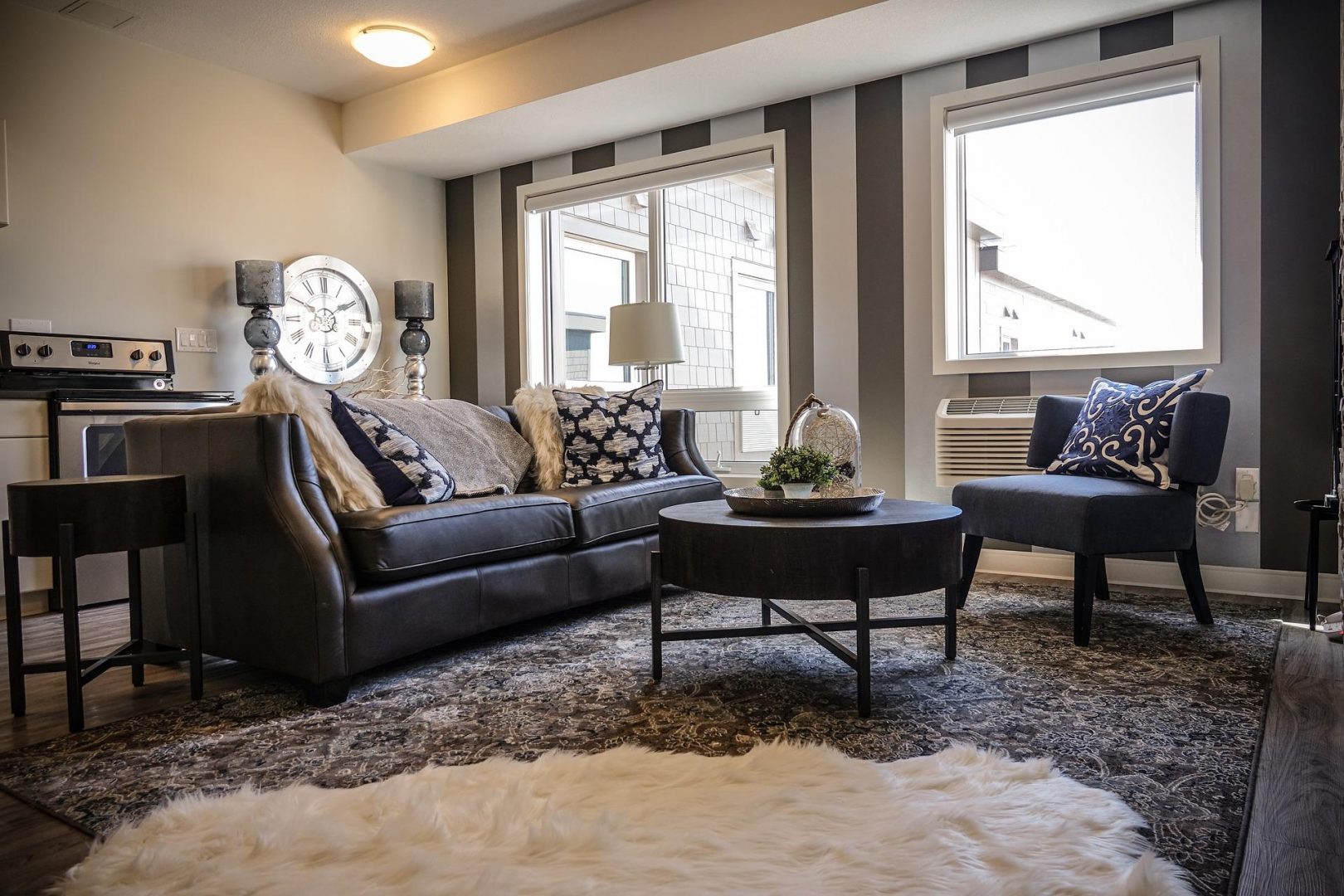

Interior Design
How To Keep A Living Room Warm Without Heating: 8 Simple Rules
Modified: January 23, 2024
Learn how to keep your living room warm and cozy through these 8 simple interior design rules, without relying on traditional heating methods.
(Many of the links in this article redirect to a specific reviewed product. Your purchase of these products through affiliate links helps to generate commission for Storables.com, at no extra cost. Learn more)
Introduction
Welcome to the cozy world of interior design, where warmth and comfort take center stage. When it comes to creating a welcoming space, heating is often considered essential. But what if you’re looking for alternative ways to warm up your living room without relying solely on conventional heating systems? Look no further! In this article, we will explore eight simple rules that will help you keep your living room warm and inviting, even without turning up the thermostat.
Whether you’re trying to save on energy bills, reduce your carbon footprint, or simply want to add a touch of charm to your living space, these tips and tricks will transform your room into a cozy haven. So, let’s dive in and discover how to create a warm and inviting atmosphere in your living room, all while embracing sustainable and stylish design choices.
Key Takeaways:
- Embrace natural light, cozy textiles, and strategic furniture arrangements to create a warm and inviting living room without relying solely on conventional heating systems.
- Utilize draft stoppers, weatherstripping, and layered blankets to minimize heat loss and maintain a cozy atmosphere in your living room, while reducing energy consumption.
Read more: How To Keep A Bedroom Warm Without Heating
Rule 1: Utilize natural sunlight
One of the simplest and most cost-effective ways to keep your living room warm is by harnessing the power of natural sunlight. Sunlight not only provides warmth but also adds a vibrant and uplifting ambiance to your space. Here’s how you can make the most out of natural sunlight:
- Keep your windows clean: Dirty windows can obstruct sunlight and reduce its warming effect. Ensure that your windows are regularly cleaned to allow maximum sunlight to enter.
- Open the curtains: During the day, open the curtains or blinds to let the sunlight stream in. Position furniture in a way that doesn’t block the sun’s rays, allowing them to reach every corner of the living room.
- Optimize the layout: Arrange your furniture in a way that maximizes natural light. Avoid placing bulky furniture in front of windows or near sources of natural light. Instead, opt for lighter and more transparent pieces that allow sunlight to pass through.
- Consider reflective surfaces: Incorporate reflective surfaces, such as mirrors, metallic accents, or glass furniture, into your living room. These surfaces can help bounce sunlight around the room, effectively spreading warmth and brightness.
By making the most out of natural sunlight, you can significantly reduce your reliance on artificial heating and create a warm and inviting atmosphere in your living room. Not only is this approach cost-effective and sustainable, but it also brings a touch of natural beauty to your space.
Rule 2: Use curtains and blinds effectively
Curtains and blinds are not only decorative elements in your living room but also serve as valuable tools in maintaining a warm and cozy environment. Here are some ways to use curtains and blinds effectively to enhance the warmth in your living room:
- Choose thicker fabrics: Opt for curtains or blinds made from thicker fabrics, such as velvet or thermal curtains. These materials have better insulation properties and can help trap heat inside your living room.
- Add layers: Layering curtains can provide an extra barrier against cold drafts. Use sheer curtains behind your main curtains to allow natural light in while keeping heat inside.
- Use draught excluders: Install draught excluders along the bottom of your curtains or blinds to prevent cold air from seeping into your living room. These simple additions can make a big difference in maintaining a warm temperature.
- Close curtains at night: As the temperature drops in the evening, close your curtains or blinds to create an additional layer of insulation. This will help keep warm air inside and prevent cold air from entering your living room.
- Consider thermal blinds: If you have blinds instead of curtains, consider investing in thermal blinds that have insulating properties. These blinds can help regulate the temperature by preventing heat loss and reducing drafts.
By using curtains and blinds effectively, you can control the amount of heat entering and leaving your living room. This not only helps keep the room warm but also adds a touch of style and elegance to your space. So, don’t underestimate the power of these window treatments in maintaining a cozy atmosphere.
Rule 3: Use rugs and carpets
Rugs and carpets not only add warmth and comfort to your living room but also provide insulation against cold floors. Here’s how you can utilize rugs and carpets to keep your living room cozy:
- Choose thick and plush materials: Opt for rugs and carpets made from thick and soft materials like wool or plush fibers. These materials act as natural insulators and provide a cozy surface under your feet.
- Layer rugs strategically: If you have hardwood or tiled floors, layering rugs can help create an extra barrier against cold and drafty floors. Place larger rugs as a base layer and add smaller accent rugs on top for added warmth and style.
- Strategic placement: Position rugs in areas where you spend the most time, such as in front of furniture arrangements or near seating areas. This will help create designated cozy zones within your living room.
- Consider rug pads: Adding rug pads under your rugs not only enhances comfort but also provides additional insulation. Rug pads help prevent cold air from seeping through the floor and keep your rugs in place.
- Embrace texture and patterns: In addition to their practical benefits, rugs and carpets can lend a sense of style and personality to your living room. Opt for rugs with interesting textures or patterns that complement your overall design aesthetic.
By using rugs and carpets strategically, you can create a warm and inviting atmosphere in your living room while keeping your feet cozy. Not only do they add insulation, but they also contribute to the overall aesthetic appeal of your space. So, indulge in the comfort and style that rugs and carpets bring to your living room.
Rule 4: Insulate windows and doors
Windows and doors are notorious for letting cold drafts into your living room. Proper insulation is key to maintaining a warm and comfortable space. Here are some tips for insulating windows and doors:
- Use weatherstripping: Weatherstripping is an effective way to seal gaps around windows and doors. Apply adhesive weatherstrips or draft excluders to prevent cold air from entering and warm air from escaping.
- Seal gaps with caulk: Inspect your windows and doors for any visible gaps or cracks. Use caulking to seal these areas and prevent cold drafts from entering your living room.
- Add window film: Window films provide an extra layer of insulation by trapping air between the film and the glass. They can also help reduce heat loss and block out drafts.
- Consider thermal curtains: Thermal curtains not only provide a visual barrier but also have insulating properties. These curtains have a thermal lining that helps regulate the temperature by keeping warm air inside and cold air out.
- Install storm doors and windows: Storm doors and windows provide an extra layer of insulation and protection. They act as a barrier against harsh weather conditions, reducing heat loss and preventing drafts.
By insulating your windows and doors, you can significantly improve the energy efficiency of your living room. This will help maintain a warm and comfortable environment while reducing energy consumption. Don’t let cold drafts invade your space; take the necessary steps to insulate your windows and doors for a cozy living room.
Use heavy curtains to keep the warmth in and the cold out. Close them at night to trap heat and open them during the day to let sunlight in.
Read more: How To Keep An Entryway Warm Without Heating
Rule 5: Rearrange furniture for better heat flow
The way you arrange your furniture can have a significant impact on the flow of heat in your living room. By strategically positioning your furniture, you can optimize heat distribution and create a more comfortable space. Here are some tips for rearranging furniture for better heat flow:
- Avoid blocking radiators or heating vents: Make sure that your furniture is not obstructing radiators or heating vents. Blocking these sources of heat restricts airflow and prevents the warm air from circulating effectively in the room.
- Place furniture away from exterior walls: Exterior walls tend to be colder due to their proximity to the outside. To maximize the heat distribution, position your furniture a few inches away from exterior walls to allow warm air to circulate freely.
- Arrange furniture in a circle or U-shape: Creating a seating arrangement in a circle or U-shape promotes better heat flow and facilitates conversations. This arrangement allows the warm air to reach everyone in the room, ensuring that everyone stays cozy.
- Consider a fireplace focal point: If you have a fireplace, arrange your furniture around it to take advantage of its warmth. The fireplace can serve as a cozy focal point while providing a natural source of heat for the room.
- Use furniture to create zones: Create distinct zones in your living room with furniture arrangements. This allows you to concentrate heat in specific areas, making those spaces more comfortable while leaving other areas cooler.
By rearranging your furniture with heat flow in mind, you can ensure that the warm air circulates efficiently throughout your living room. This will help maintain a consistent and comfortable temperature, making your space more inviting and cozy.
Rule 6: Utilize draft stoppers
Draft stoppers, also known as draft snakes or door sweeps, are simple but effective tools in preventing cold drafts from entering your living room. They are specifically designed to seal gaps under doors and windows, minimizing heat loss and maintaining a cozy atmosphere. Here’s how you can utilize draft stoppers:
- Install door draft stoppers: Place draft stoppers along the bottom edge of your doors to seal gaps. These come in various materials, including fabric, foam, or rubber, and are easily attachable with adhesive or by sliding them under the door.
- Use window draft stoppers: For windows, consider using draft stoppers specifically designed for windows. These can be placed along the window sill or window frame to block drafts and keep the warm air inside.
- Create DIY draft stoppers: If you prefer a more hands-on approach, you can make your own draft stoppers. Fill a long cylindrical fabric tube with materials like rice, dried beans, or polyfill, and place it at the bottom of doors or windows to create a barrier against drafts.
- Consider draft stopper pillows: Draft stopper pillows are long, narrow pillows that can be placed along the base of doors or windows. They provide insulation and help block cold drafts from entering your living room.
By utilizing draft stoppers, you can effectively seal gaps and prevent cold drafts from infiltrating your living room. This not only helps maintain a warm and cozy environment but also reduces energy consumption by reducing the need for excessive heating. So, don’t underestimate the power of these simple yet practical tools in creating a snug living room.
Rule 7: Use weatherstripping on doors and windows
Weatherstripping is a valuable technique to seal gaps and prevent cold air from entering your living room. It involves applying materials to the edges of doors and windows to reduce drafts and improve energy efficiency. Here’s how you can use weatherstripping to keep your living room warm:
- Identify air leaks: Inspect your doors and windows for any gaps or cracks where air may be leaking in. Check for daylight peeking through, feel for drafts, or use a candle flame to detect air movement.
- Choose the right weatherstripping materials: There are various types of weatherstripping materials available, including adhesive-backed foam tape, V-strip, door sweeps, and silicone caulk. Choose the appropriate material based on the size and type of gap you need to seal.
- Apply weatherstripping to doors: Measure and cut the weatherstripping material to fit the edges of your doors. Apply adhesive-backed foam tape or attach door sweeps to the bottom of the door to create a tight seal.
- Seal gaps in windows: Apply weatherstripping around the window frames to prevent drafts. Use V-strip or adhesive-backed foam tape to seal gaps between the sash and the frame or install window film to enhance insulation.
- Consider door and window seals: In addition to weatherstripping, you can also use door and window seals to create airtight closures. These seals are applied to the perimeter of the door or window and compress to create a seal when closed.
By using weatherstripping on your doors and windows, you can significantly reduce drafts and heat loss in your living room. This helps maintain a warm and comfortable environment while also reducing energy consumption. Embrace the power of weatherstripping to enhance the energy efficiency and comfort of your living room.
Rule 8: Layer up with cozy blankets and throws
When it comes to creating a warm and inviting atmosphere in your living room, layering with cozy blankets and throws is a must. Adding these soft and warm accessories not only provides physical comfort but also adds a touch of style and texture to your space. Here’s how you can make the most of blankets and throws:
- Choose warm and plush materials: Opt for blankets and throws made from cozy materials like fleece, wool, or faux fur. These fabrics offer excellent insulation and snuggle-worthy comfort.
- Keep a variety of options: Have a collection of blankets and throws in different textures, patterns, and thicknesses. This allows you to switch them out based on the season or your personal preferences.
- Place them strategically: Drape blankets and throws over sofas, armchairs, or ottomans to make them easily accessible and create an inviting look. You can also fold them neatly and display them in a decorative basket or blanket ladder.
- Use them as decorative accents: Blankets and throws can double as decorative accessories. Choose options with attractive patterns or colors that complement your living room’s decor, adding visual interest and warmth to the space.
- Encourage snuggling: Provide an inviting atmosphere by arranging blankets and throws in cozy corners of your living room. Create a reading nook with a pile of cushions and a soft blanket, or place a throw on each seat to encourage guests to snuggle up.
By layering up with cozy blankets and throws, you can easily add warmth and comfort to your living room. These versatile accessories not only provide physical warmth but also create a visually inviting and cozy atmosphere. So, indulge in the comforting embrace of blankets and throws for a truly snug living room experience.
Conclusion
Creating a warm and inviting living room doesn’t always require relying solely on conventional heating systems. By implementing these eight simple rules, you can transform your space into a cozy haven while embracing sustainable and stylish design choices. Let’s recap the rules:
- Utilize natural sunlight: Make the most of natural light by keeping windows clean, opening curtains, and arranging furniture to allow sunlight to flow into your living room.
- Use curtains and blinds effectively: Choose thicker fabrics, layer curtains, and close them at night to provide insulation and prevent heat loss.
- Use rugs and carpets: Opt for thick and plush materials, layer rugs strategically, and position them in areas where you spend the most time to add warmth and comfort.
- Insulate windows and doors: Seal gaps with weatherstripping, install storm doors and windows, and consider using window film to prevent drafts and heat loss.
- Rearrange furniture for better heat flow: Avoid blocking radiators, place furniture away from exterior walls, and create a furniture arrangement that promotes better heat circulation.
- Utilize draft stoppers: Install draft stoppers on doors and windows or create DIY options like draft stopper pillows to prevent cold drafts from entering your living room.
- Use weatherstripping on doors and windows: Apply weatherstripping materials to seal gaps, reduce drafts, and improve energy efficiency.
- Layer up with cozy blankets and throws: Choose warm and plush materials, display them strategically, and use them as both practical and decorative elements.
By incorporating these rules into your interior design strategy, you can create a warm and welcoming living room that is both comfortable and energy-efficient. Embrace the beauty of natural sunlight, control drafts, insulate windows and doors, and layer up with cozy blankets to ensure a cozy and inviting atmosphere in your living room.
So, go ahead and implement these rules, and let your living room become a sanctuary of warmth and comfort that you can enjoy year-round.
Frequently Asked Questions about How To Keep A Living Room Warm Without Heating: 8 Simple Rules
Was this page helpful?
At Storables.com, we guarantee accurate and reliable information. Our content, validated by Expert Board Contributors, is crafted following stringent Editorial Policies. We're committed to providing you with well-researched, expert-backed insights for all your informational needs.

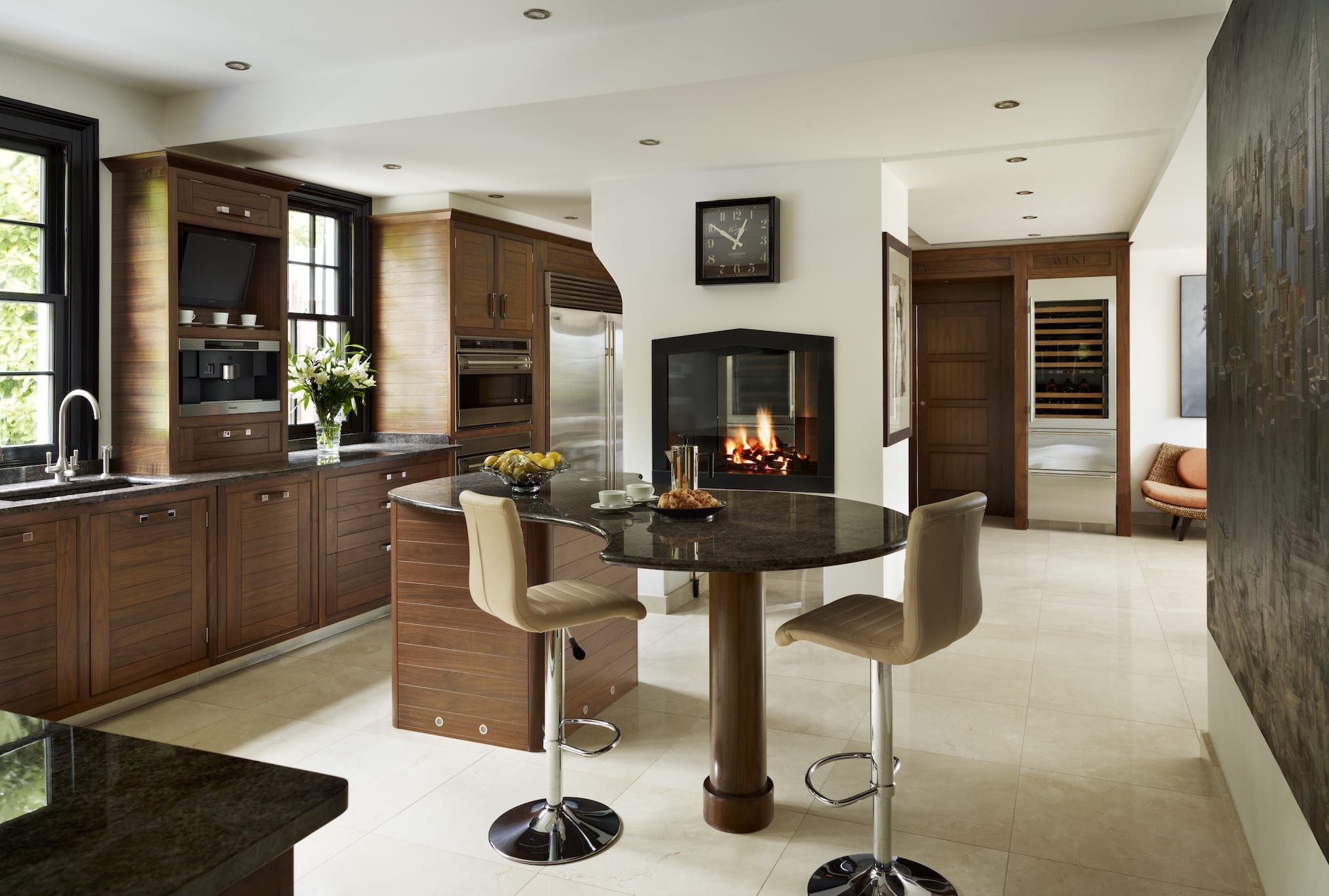
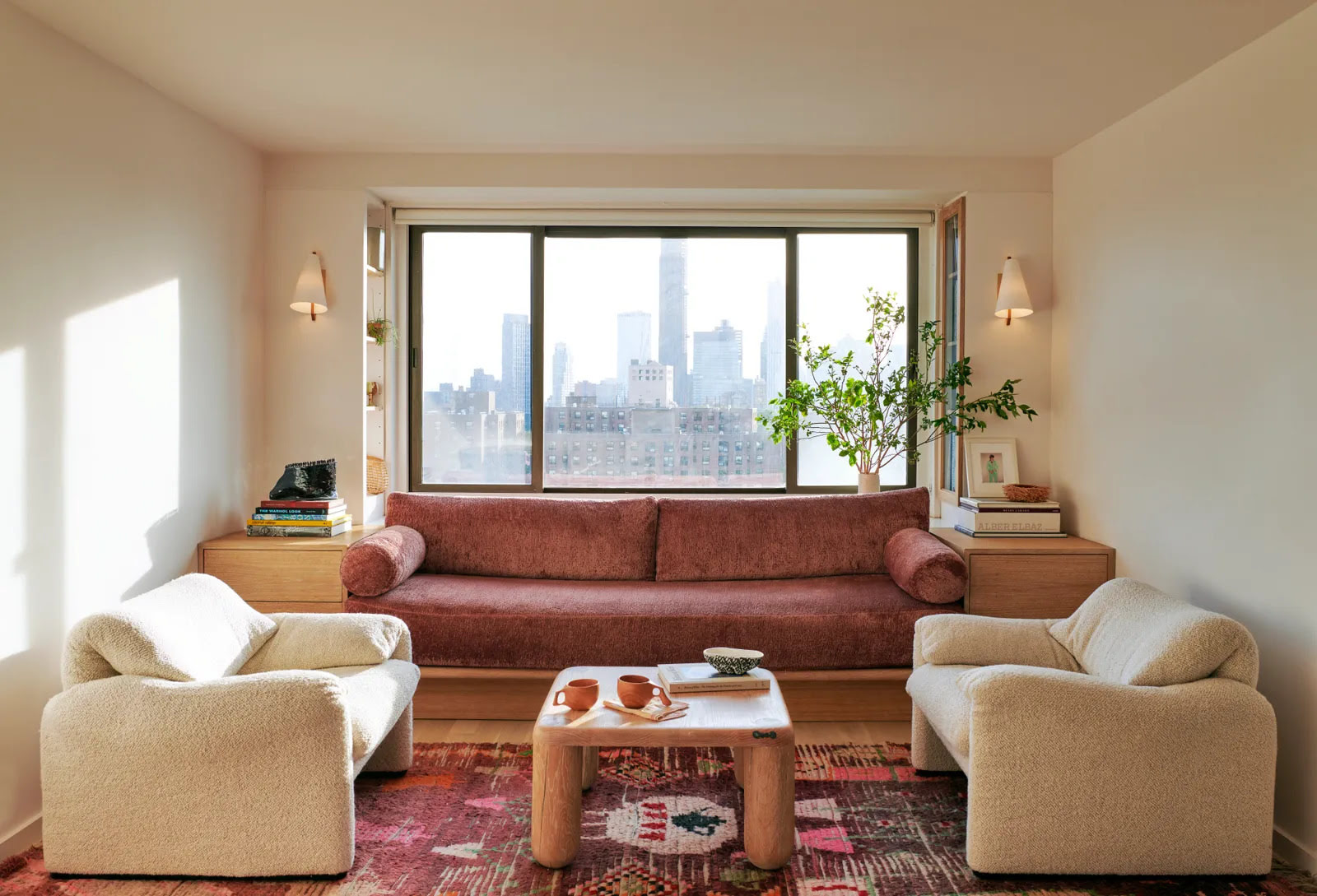
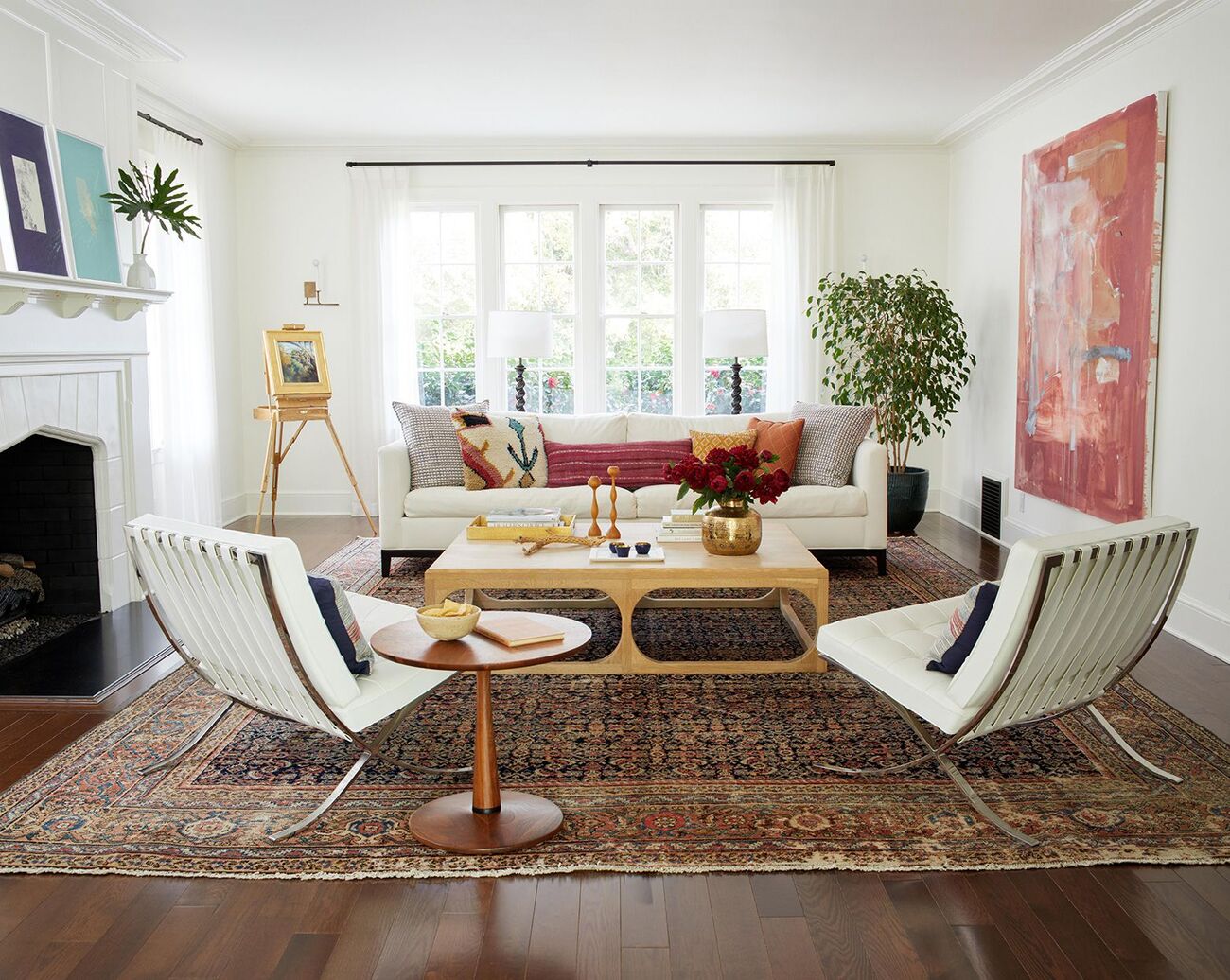

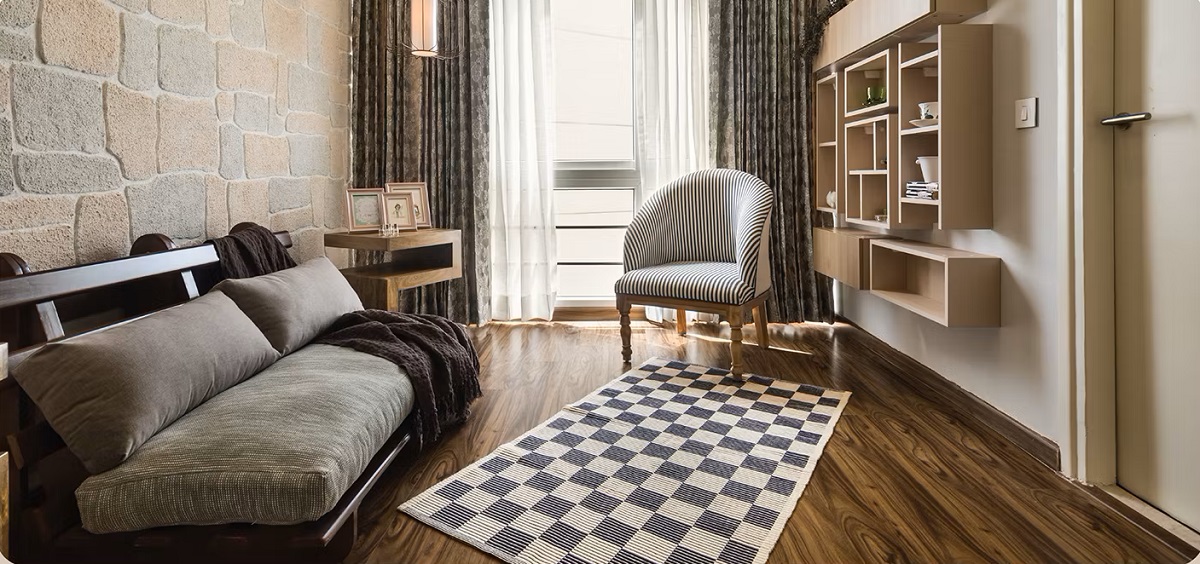

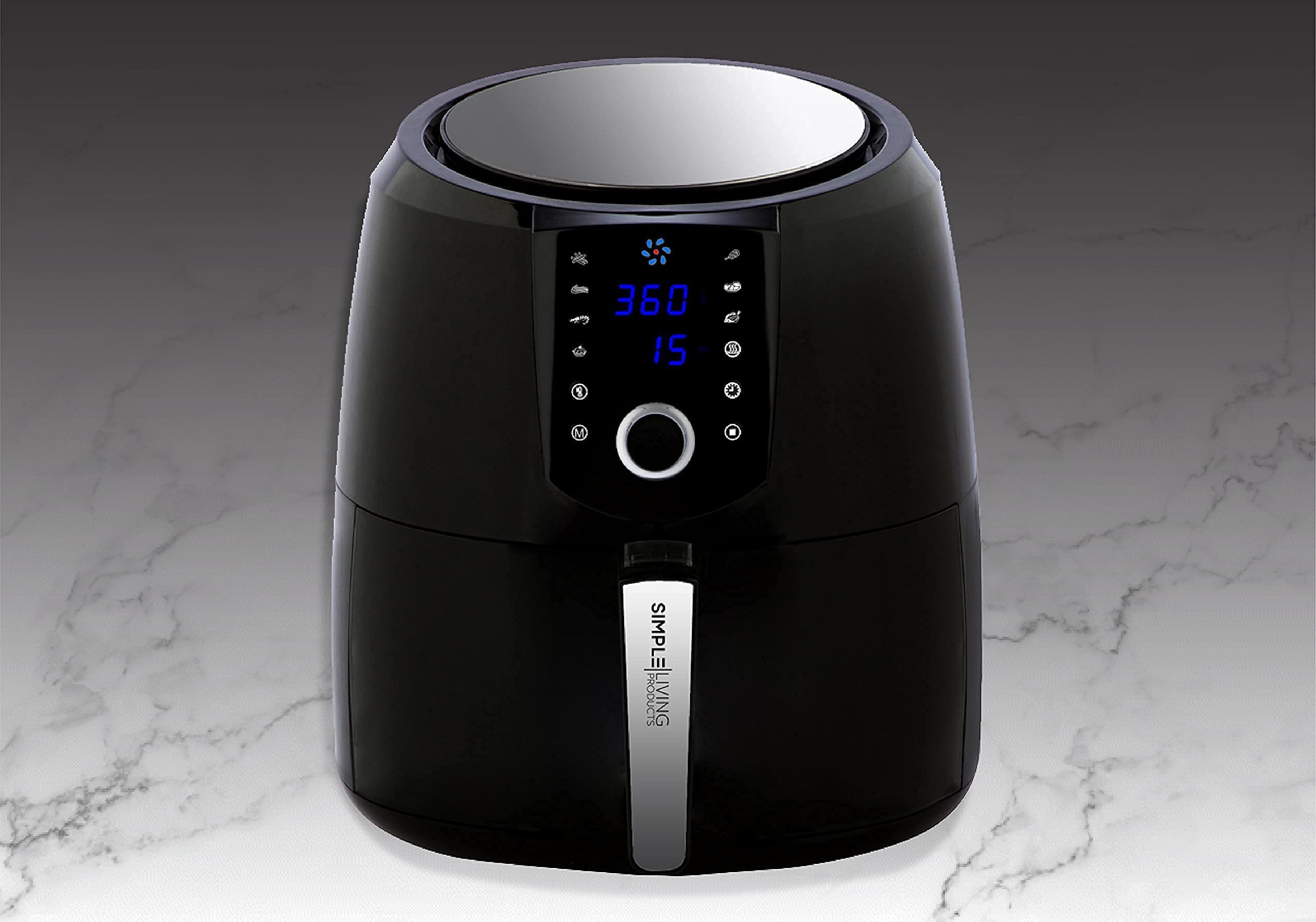
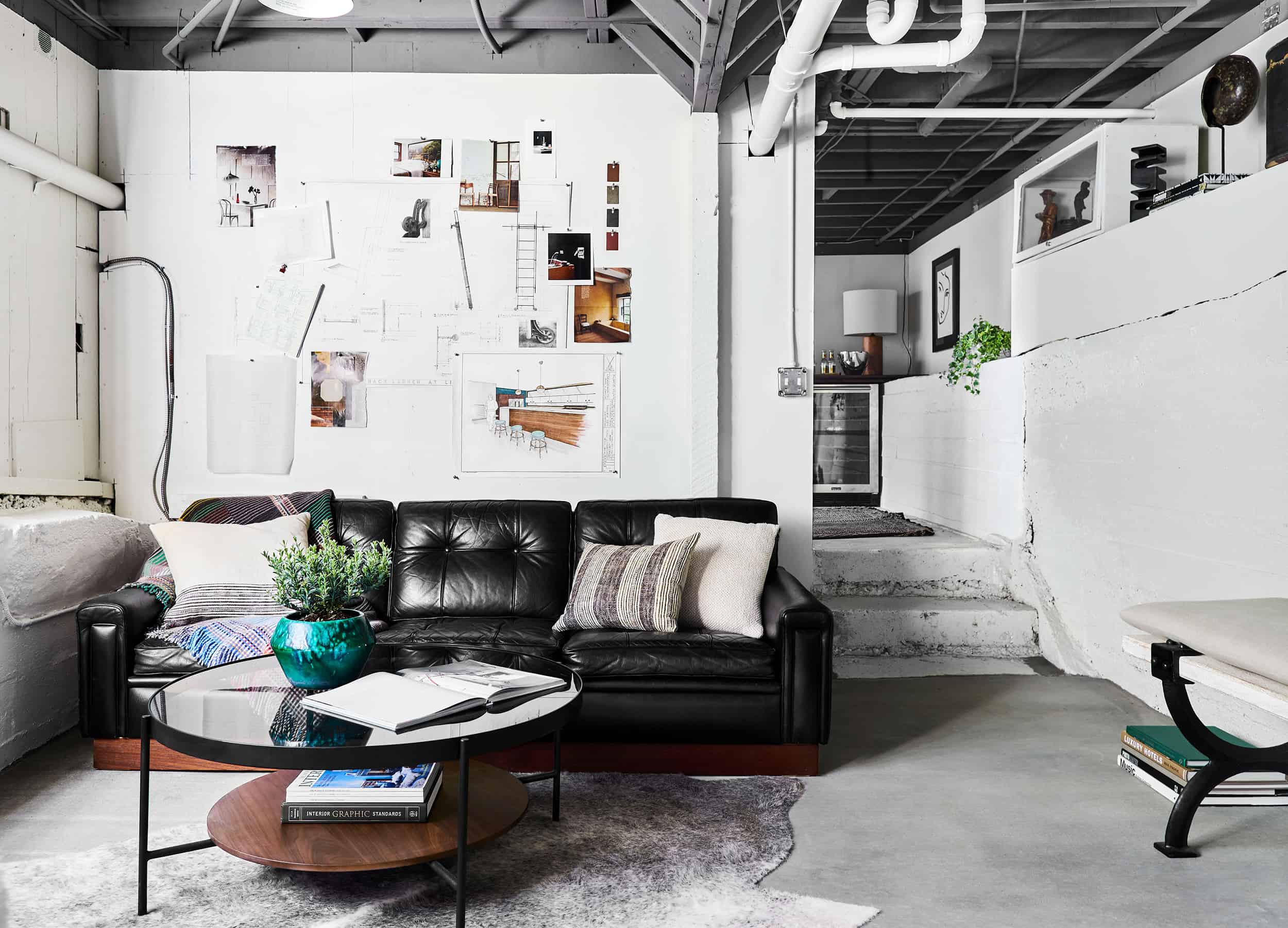
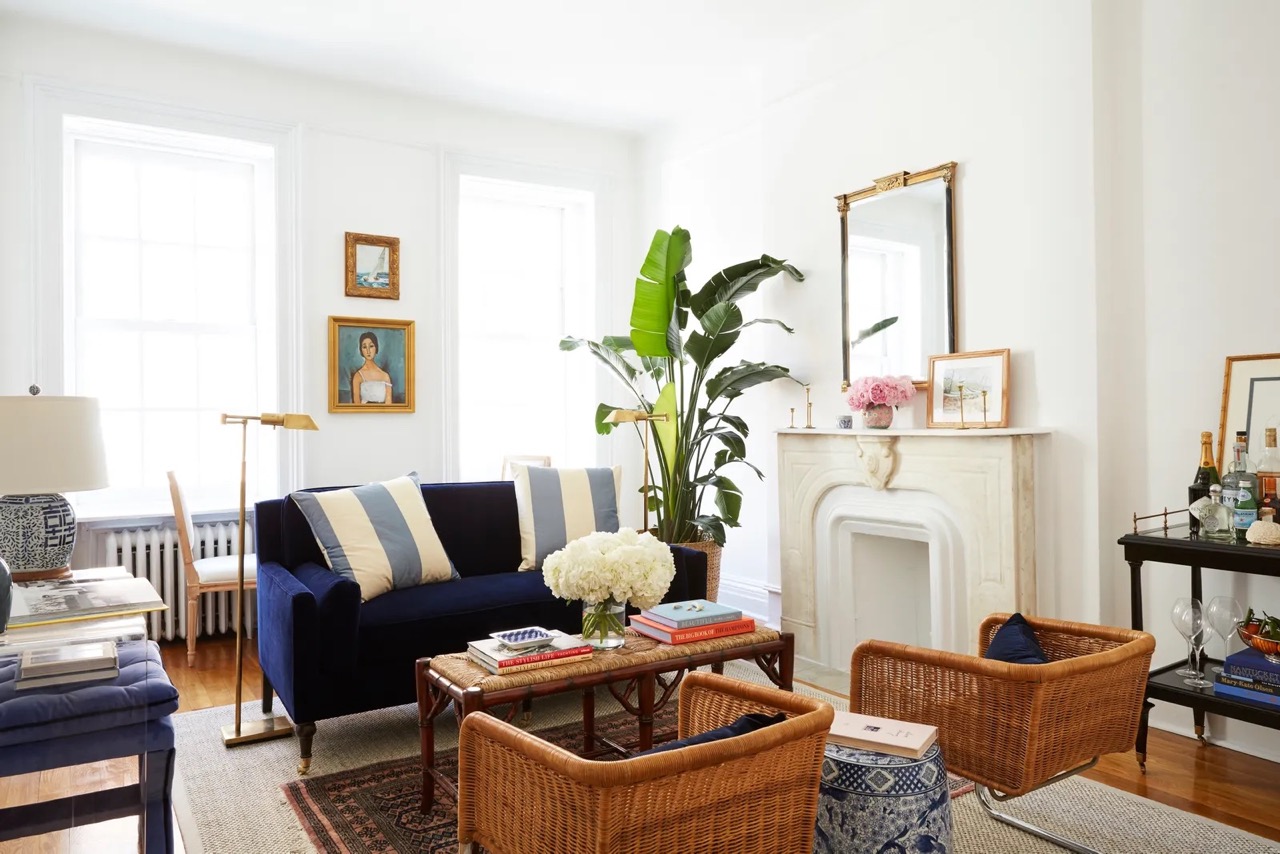
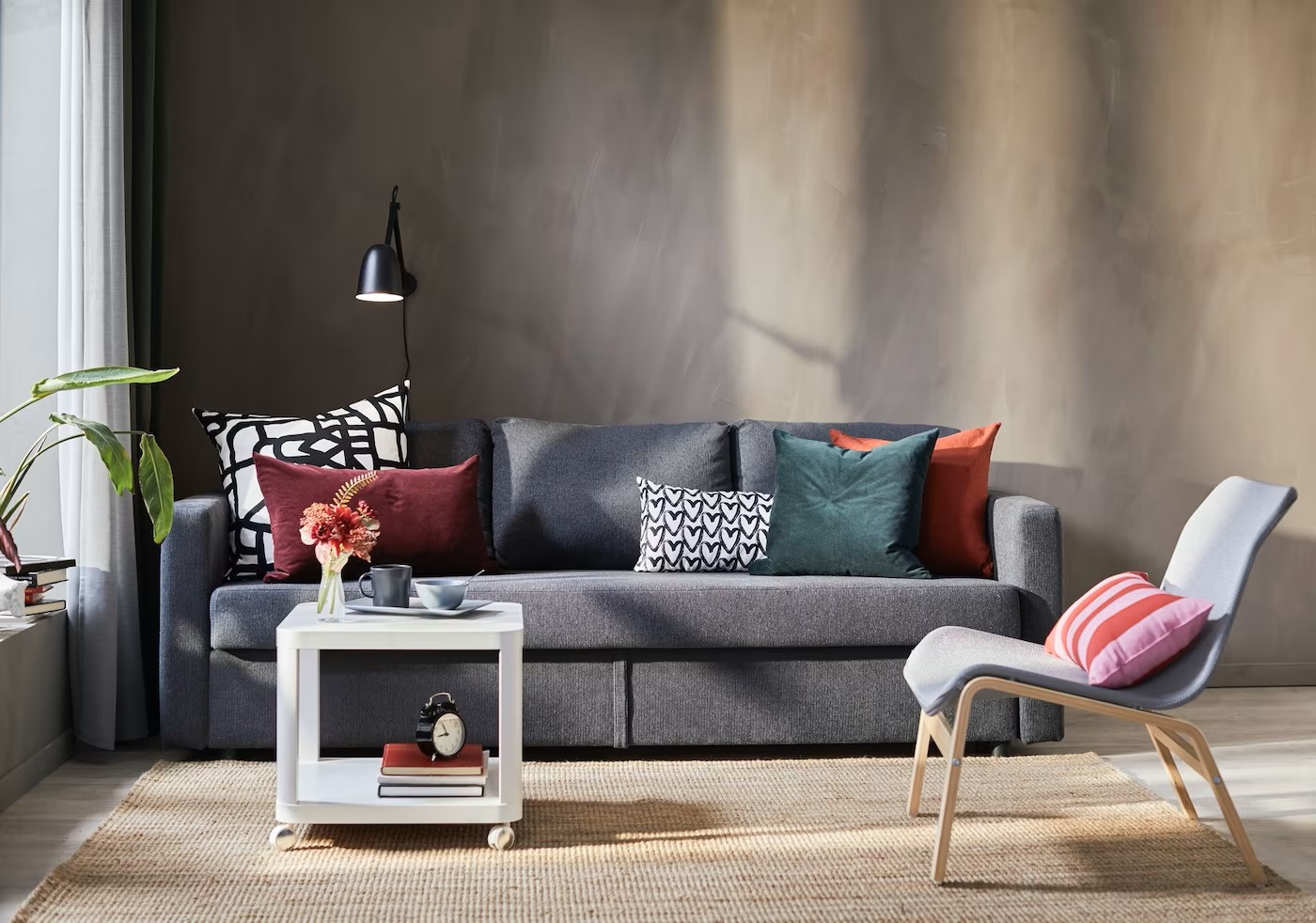
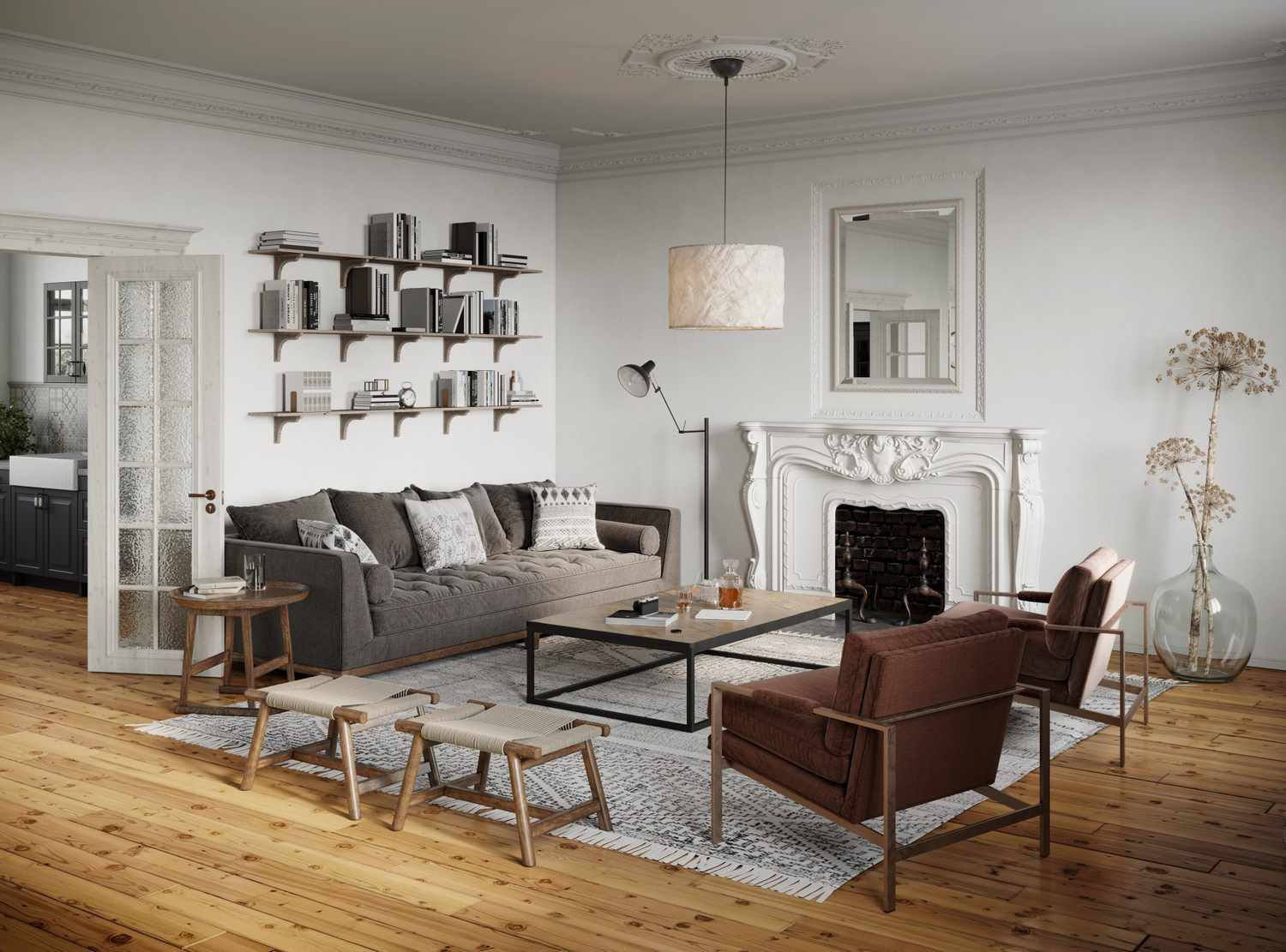


0 thoughts on “How To Keep A Living Room Warm Without Heating: 8 Simple Rules”